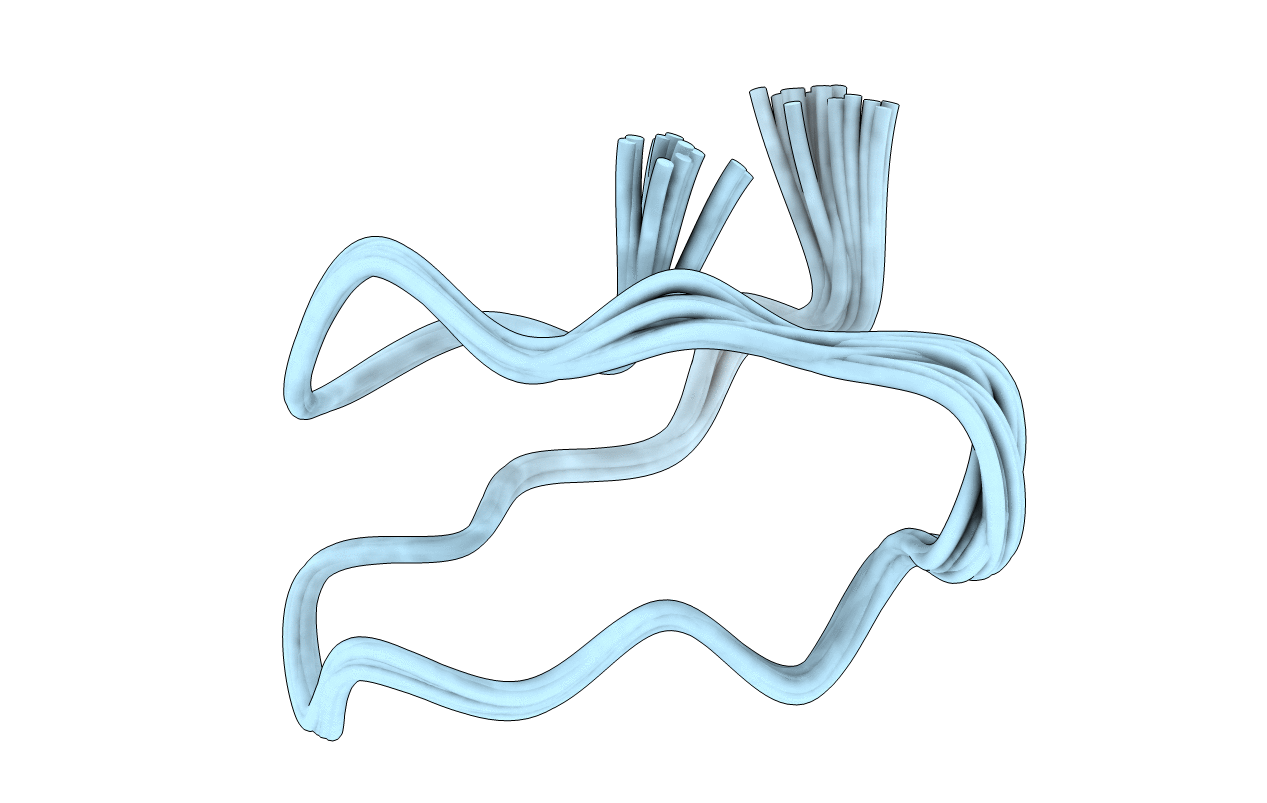
Deposition Date
2003-03-17
Release Date
2003-06-24
Last Version Date
2024-10-09
Entry Detail
PDB ID:
1ORX
Keywords:
Title:
Solution Structure of the acyclic permutant des-(24-28)-kalata B1.
Biological Source:
Source Organism:
Method Details:
Experimental Method:
Conformers Calculated:
50
Conformers Submitted:
20
Selection Criteria:
structures with the lowest energy


